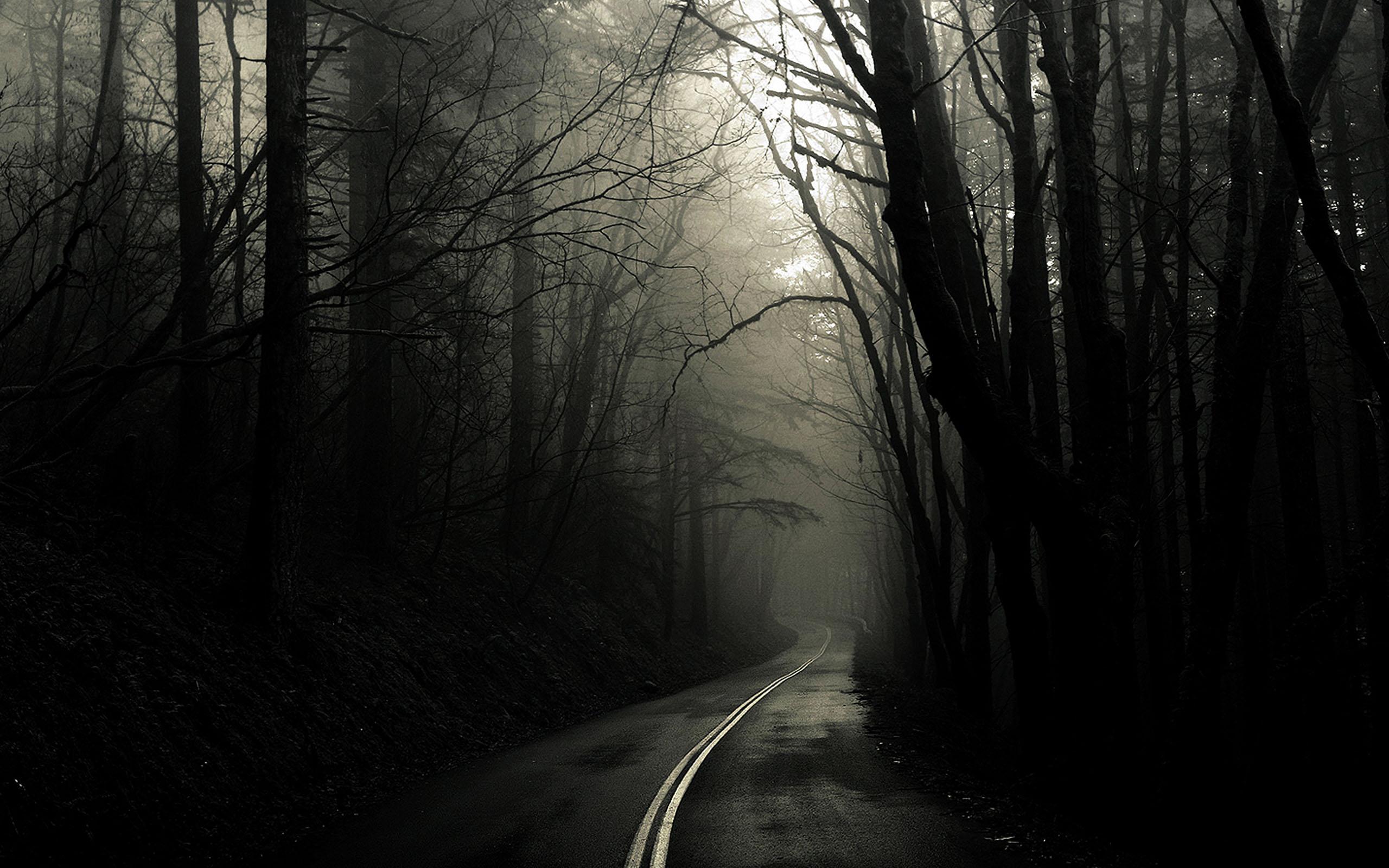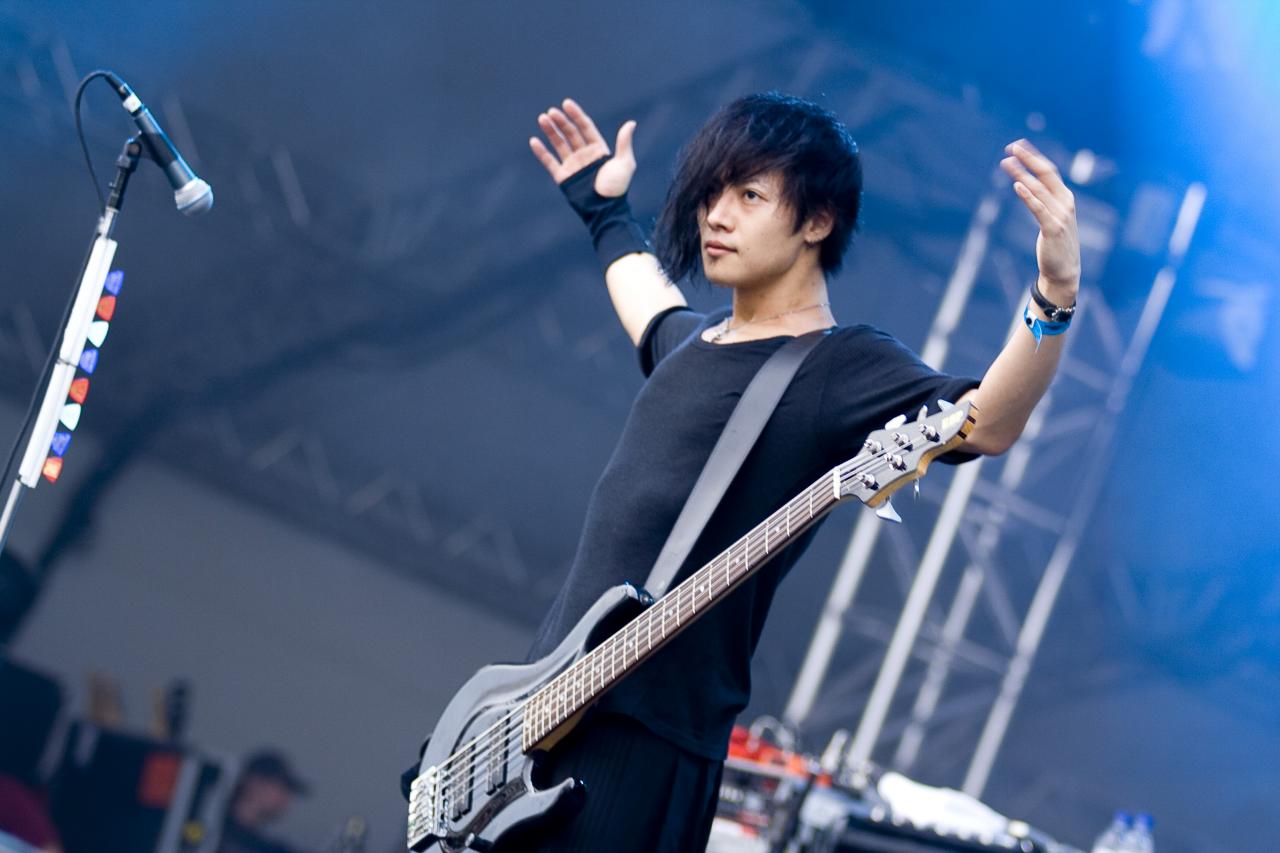by W. Scott Poole:
What would a history of American monsters look like? What would it mean to explore monsters as a way to examine the history of America? And wouldn’t this be a strange kind of history, a chronology of fear and desire more than a description of events, ideas and images?
 These questions informed my writing of Monsters in America, a study of America’s history of horror that appeared in October of ’11. A professional historian, I’m also a deeply committed horror nerd. Monsters became my way to bring these seemingly disparate worlds together.
These questions informed my writing of Monsters in America, a study of America’s history of horror that appeared in October of ’11. A professional historian, I’m also a deeply committed horror nerd. Monsters became my way to bring these seemingly disparate worlds together.
The monster and the horror it brings has been an elemental part of American historical experience. Pick a period in American history and something too big, something with too many eyes, something slithering and skulking in the shadows, something wanting to eat you alive, waits there.
Don’t believe me? Consider how the Europeans who first settled the new world imagined an America infested with monsters and turned the native peoples they met there into creatures out of European diabology.
Or lets just jump ahead to the near present and consider how both the vampire and zombie genres rose in popularity along a similar trajectory with the plastic surgery revolution and the American obsession with diet and exercise. It’s no accident that out fascination with the living corpse coincides with this particular cultural moment. The perpetually beautiful body of the vampire speaks to the aspirations of some, while the rotting corpse literally illustrates the inescapable terror of our mortal end.
Some of the best horror franchises trade in historical images and premise their darkness on cultural shivers that run up and down our collective spines. The breakout television hit American Horror Story announces it intentions in its title, taking viewers down an exceedingly dark rabbit hole. Like the beginnings of American westward expansion, Ben Harmon believes its his dysfunctional family’s manifest destiny to make their way to a new world, the open frontier of Hollywood. There they meet the ghosts of America’s past, angry, frustrated, violent. All of them are pursuing garish and ghastly dreams of secure family and homeownership in the midst of a hellish afterlife.
What’s more American than that?
In truth, I believe every era in American history produces the monsters it fears and, ironically, needs and desires.
The element of fear and anxiety is easy to explain. Think about how horror narratives became more dense and intense in the late twentieth century, reflecting the possibility of nuclear apocalypse, or the dissolution of social ties, or anxieties about the body.
Meanwhile, our new twenty-first century fears are really fears of the posthuman, a terror of technology or disease vectors or even the evolutionary process ending us. The surprise popularity of Contagion and Rise of the Planet of the Apes last year reveals just how much we are fascinated with a world where the slate gets wiped clean… of us.
Of course, it’s nothing new to say that monsters embody our anxieties. But what about the monsters we need…the monsters we want? Desire for the monster, indeed love of the monster explains the birth of horror culture that so many of us are part of in one way or another. Online magazines like DarkMedia Magazine and other outlets testify to how much we love the things that keep us awake in the night.
We can gauge the depths of our desire for the dark by thinking about how the horror community truly functions as a community. It’s more than fandom, more than liking movies that celebrate the excessive and the weird. Conventions functions as personal networks. Horror magazines are really lifestyle magazines that introduce us to clothes, tats and pastimes that feed our strange relationship with the monster. The monsters themselves are kept constantly in our sight as action figures, tee shirts and posters. They are even present in our homes as collectible statues, very much resembling the images of saints venerated in some Christian traditions.

We love the monster and this is not because we suffer from various social pathologies that should make the rest of society worry about us. The freaks and geeks of the world of horror represent one of the most centered, thoughtful and indeed kindest fan communities you are likely to encounter.
It’s worth noting that it’s also a community that revels in its outsider status, that always ups the ante whenever one of its beloved monsters becomes too socially acceptable. Proud of its marginalized status, it turned to the slasher film when the traditional cinematic monsters became housebroken and turned to the gothic tale once studios turned slasher films into “ironic” popcorn fare.
Monsters have become the basis for community, for connecting with other people. They’ve offered some of us a vantage point from which to look at the values of the rest of society, to explore its darkness because monster narratives explore the darkest parts of ourselves. We are not terrified they are coming for us. Sometimes we worry they wont.
And our monstrous desires certainly have a historical dimension. During the harshest period of the Great Depression, the dark forms that shambled out of Universal Studios provided more than the fantasy of escape. They offered a way to worry in public about the fragility of life, the dangers of the darkness. But these fantastic and terrifying creatures, especially in Bela Lugosi’s Dracula, also offered an entry point to unspoken desires and truths, stories about the interconnections between death, sex and desire that only avid readers of Freud had explored.
“History is horror, “ I write in the book and that’s no commercial tagline. Embodied in the Thing under or bed, the Thing that lives in the darkest part of the American forest, are all the real-world terrors of our social, political and cultural history. Horror people are often the people most willing to face those terrors, even to fall in love with the monster. We know the Monster tells secrets, about our society and about ourselves. We take our monsters seriously.
______________________________________________
W. Scott Poole and Monsters in America are currently featured on DarkMediaCity, a free social network for those who like it Dark. Whether it be literature or film, music or art, horror or sci-fi, paranormal romance or paranormal investigation, we’ve got something for you. www.DarkMediaCity.com
For more information on Monsters in America: Our Historical Obsession with the Hideous and the Haunting, please visit www.monstersinamerica.com. And be sure to follow Scott on Twitter at @monstersamerica.
Also, stay tuned for Scott’s weekly recaps of AMC’s hit show The Walking Dead, right here on DarkMedia Magazine.
















2 Comments